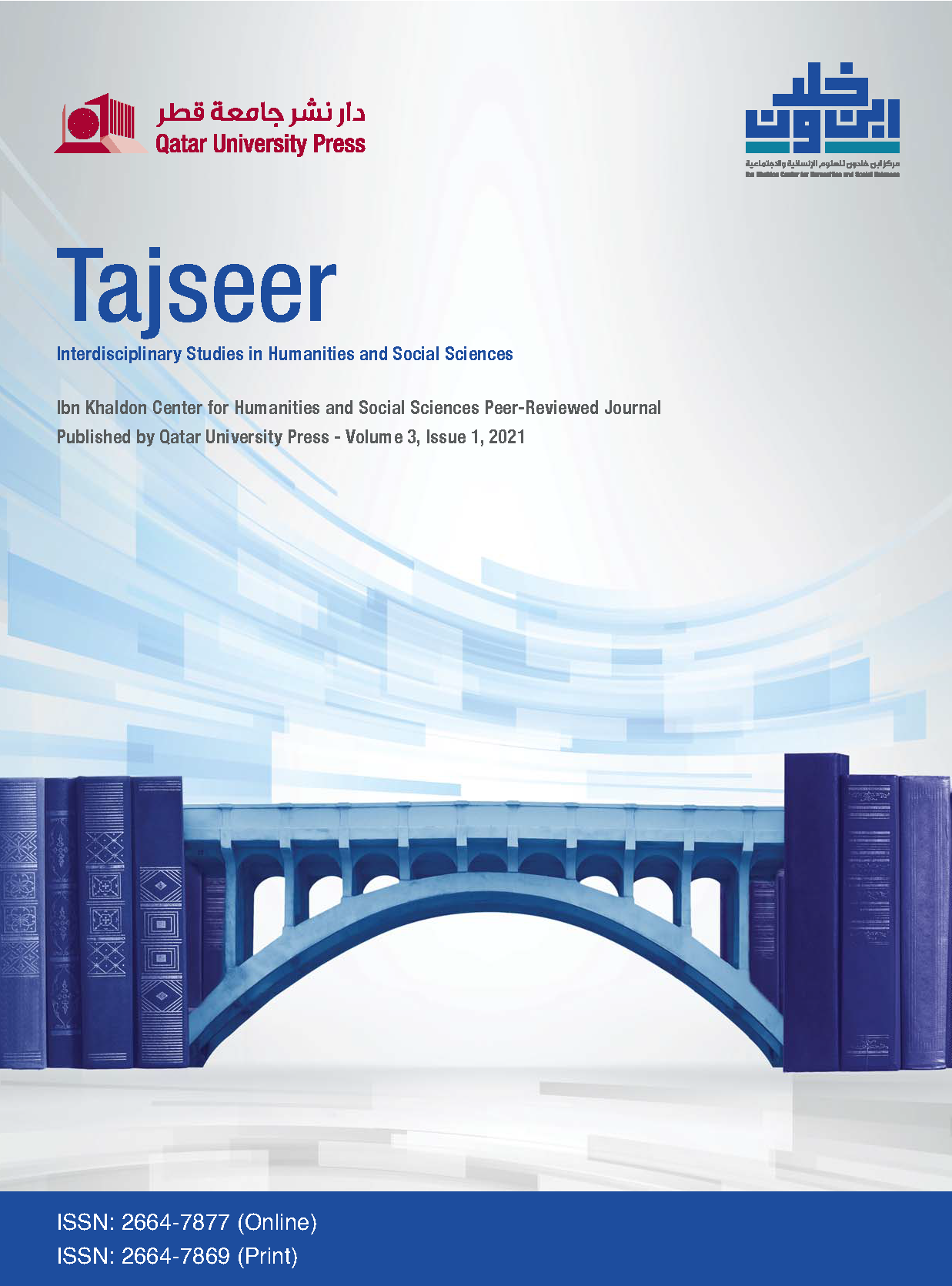The Contemporary Vocal Description of the Vocal Phenomenon in the Holy Quran
Abstract
This paper studies the interaction between linguistics - voice in particular, and Islamic studies, which a significant impact in better understanding phonetics in the Holy Qur’an using a descriptive and explanatory approach. Various concepts have been applied to understand the phonological and physical properties of the phonemes and how the Quran adapts to the physical properties of the sound. This research aims to describe the following phonetic phenomena; First, the secrets behind the fluency voice in Arabic and the Holy Qur’an, and secondly, the phonological and physical properties of the Qur’anic comma, with an explanation of its connection with the meaning, and third, the phonetic and physical properties of the wording sounds. The researcher used CSL; one of the most accurate acoustic devices, in measuring the following phonological and physical properties; the amount of energy produced for the sound, how the power is distributed in the vocal channel, the amount of sound pressure, the difference in the distribution of this pressure in the said channel, the similarity that occurs between adjacent sounds and the effect of that on coordination between speech and the meaning.
Metrics
##plugins.themes.bootstrap3.article.details##
VoicesVocalDescriptionPhenomenaQuran
استيتية، سمير شريف. الأصوات اللغوية. عمان: مكتبة وائل، 2002.
ابن جني، أبو الفتح عثمان. سرّ صناعة الإعراب. تحقيق حسن هنداوي. دمشق: دار القلم، 1993.
الزركشي، محمد. البرهان في علوم القرآن. تحقيق محمد أبو الفضل إبراهيم. القاهرة: دار إحياء كتب التراث، 1958.
ابن منظور، محمد بن مكرم. لسان العرب. بيروت: دار الكتب العلمية، 2005.


